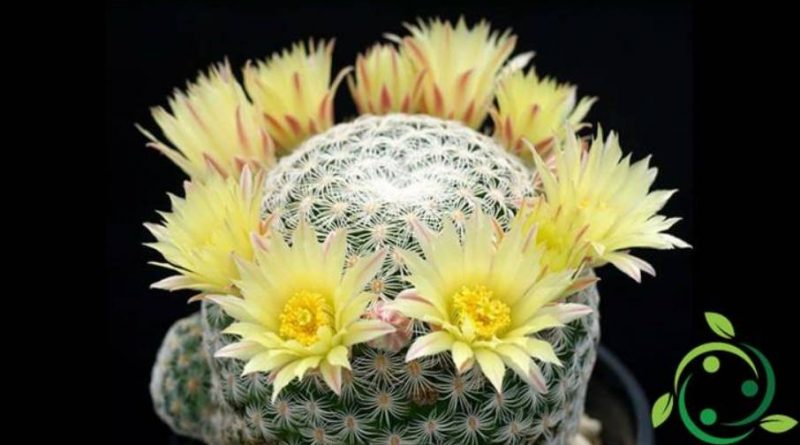How to grow Mammillaria pectinifera
How to grow Mammillaria pectinifera
The Solisia or Mamillaria a comb (Mammillaria pectinifera F.A.C.Weber in Bois) of which it is a synonym (Solisia pectinata (Stein) Britton & Rose) is a plant of the Cactaceae family of dwarf consistency and with fibrous root.
This plant has a globular body 5 to 8 centimeters in diameter, with radial spines from 20 to 40 more or less flexible, combed, white and no central spine. It also has short pale pink flowers arranged in a ring around the body.
This plant, in Central America, is also known by the names of “Peyotillo”, “cochinito” (piglet) for its psychoactive substances, it is in fact included in the list of the narcotic and hallucinogenic cacti of Michael S. Smith.
In this card we will see how to cultivate the Solisia considering that it is not an easy cultivation so all instructions must be followed carefully.
For this reason the cultivation of Solisia requires, as for all succulent plants, a very porous and draining soil that must be composed of earth with the addition of a variable percentage of draining materials such as lava, sand, coarse gravel or pumice.
The plant should be grown in a sunny or full sun position and watering should be regular from April to September (every 7-10 days), to stop completely in the period between October and March, a period in which the plant enters a vegetative stasis which does not require watering.
The temperatures tolerated by this plant vary between a minimum of 4 ° C and a maximum of 40 ° C.
The multiplication takes place by seed. These should be spread on a bed of sand kept constantly humid, sunny and ventilated to prevent the formation of mold and at an optimal temperature between 20 and 22 ° C.
Mammillaria pectinifera has two annual blooms, one spring and one in the late summer – autumn period. To encourage them and stimulate them both to make the plants respect a period of dry and cold winter and a dry period in August (natural cycle, desert climate) followed, in this case, by new irrigations up to the rigors of autumn or winter (depending on the place of cultivation), when they will be suspended again.

